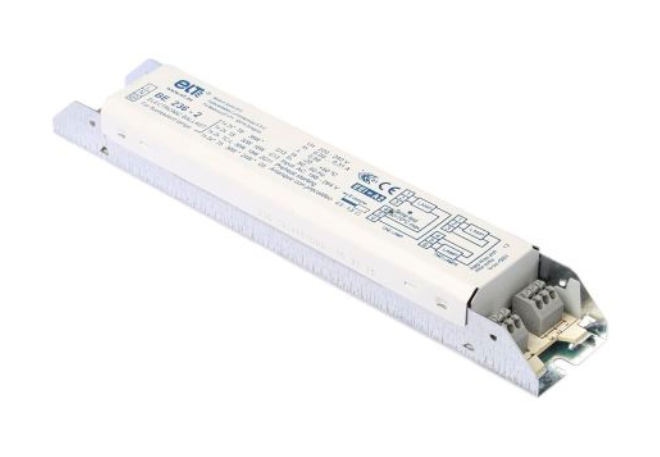When it comes to the world of lighting, there are numerous components that are often overlooked, yet they play a critical role in ensuring the proper functioning of lights. One such vital component is the ballast. The task of finding the perfect ballast can be daunting, given the myriad of options available. However, with the right information, you can easily make an informed decision. This guide will provide you with insights on how to choose the right ballasts for lights.
What Are Ballasts for Lights?
Before delving into the specifics, it’s essential to understand what ballasts for lights are. At its core, a ballast is a device that regulates the voltage and current supply to a light. This is crucial because it ensures the light functions optimally and safely. Particularly in fluorescent and HID (high-intensity discharge) lights, ballasts prevent the lights from drawing too much electricity and subsequently burning out or malfunctioning.
Why Do We Need Ballasts?
- Safety: Without ballasts, lights would draw more current than necessary. This excessive current could lead to overheating and could potentially be a fire hazard.
- Prolonged Lamp Life: Ballasts ensure that the lights operate within their specified parameters, thus ensuring they last longer.
- Optimal Performance: With the right ballast, lights offer consistent brightness and prevent flickering, which can be annoying and harmful to the eyes.
Types of Ballasts
- Electromagnetic Ballasts: Traditional ballasts that use a simple core and coil assembly. They are generally bulkier and can cause lights to flicker during startup.
- Electronic Ballasts: These are the modern counterparts that offer better energy efficiency, reduced noise, and faster startups. They are suitable for both fluorescent and HID lights.
- Hybrid Ballasts: As the name suggests, these ballasts combine the features of both electromagnetic and electronic ballasts.
Factors to Consider When Choosing Ballasts for Lights
- Type of Light: Different lights require different types of ballasts. For instance, fluorescent lights and HID lights have unique ballast needs.
- Energy Efficiency: Modern electronic ballasts are more energy-efficient than traditional electromagnetic ones. If energy savings are a priority, opt for electronic ballasts.
- Start-Up Time: If you prefer lights that start instantly without flickering, electronic ballasts are the best choice.
- Noise Level: Some ballasts can produce a humming noise. Electronic ballasts tend to be quieter compared to electromagnetic ones.
- Dimming Capability: If you’re looking to control the light intensity, ensure that the ballast you choose supports dimming.
- Installation and Size: Depending on where you plan to install the ballast, size might be a factor. Electronic ballasts are generally more compact.
- Cost: While electronic ballasts might be slightly more expensive upfront, they can lead to long-term savings due to their energy efficiency.
Making the Final Choice
With the knowledge of the factors above, you can now match your specific needs with the ballast that fits the bill. For instance:
- For office spaces where consistent lighting and energy efficiency are crucial, electronic ballasts are ideal.
- If you’re replacing ballasts in an old building and looking for a cost-effective solution without much hassle, electromagnetic ballasts might be your go-to.
- If you want a blend of traditional and modern, perhaps for a space where the aesthetics of the ballast matter, hybrid ballasts are worth considering.
Conclusion
Ballasts for lights might not be the most glamorous part of your lighting setup, but they are undoubtedly among the most essential. A correct choice ensures not only the optimal performance of your lights but also their longevity and safety. By understanding the types of ballasts and considering factors like energy efficiency, noise level, and cost, you can make an informed decision that suits your specific lighting needs.

